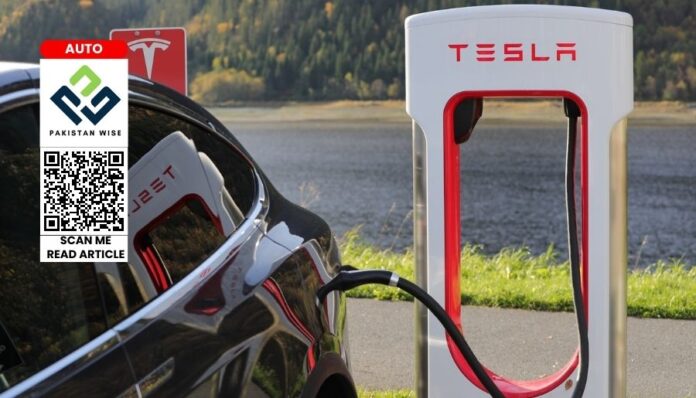In the pursuit of streamlining Supercharger station efficiency, Tesla has embarked on a transformative strategy aimed at mitigating congestion and enhancing the overall charging experience for electric vehicle (EV) owners.
Acknowledging the challenges posed by overcrowded stations, Tesla initially introduced a protocol limiting owners’ battery charge to 80% during peak times. However, this drew concerns from users occasionally requiring a fuller charge. Responding to this feedback, Tesla empowered owners to manually adjust their charge levels back to 100%. Yet, the quest for an optimal solution continued.
Enter Tesla’s latest and more proactive measure—a comprehensive implementation of congestion fees. This strategic move was officially unveiled by the automaker to directly address the issue of congestion at Supercharger stations. These fees come into effect when a station experiences high occupancy, triggering the fee mechanism once a vehicle’s battery reaches or surpasses the 90% charge mark. At a rate of $1 per minute, this fee incentivizes prompt departure from the charging spot, thereby freeing up spaces for others during peak periods.
The primary objective behind Tesla’s initiative is to curtail the duration of charging sessions, particularly during peak traffic hours. By encouraging users to promptly vacate the station once they hit the 90% charge threshold, Tesla aims to optimize station availability, catering to urgent charging needs more effectively.
To ensure transparency and user awareness, Tesla has outlined specific conditions governing the application of these fees. Users are promptly notified when they charge at a station with congestion fees in place, allowing a 5-minute grace period for informed decision-making before the fee becomes applicable.
At present, this fee structure has been deployed in the United States, strategically designed to encourage drivers to move on from Supercharger stations upon reaching the 90% charge milestone. The overarching goal is to alleviate congestion during peak hours and foster a more efficient utilization of the charging infrastructure.
Tesla’s strategic decision is underpinned by the recognition that the final 10% of a fast-charging session tends to be disproportionately time-consuming. This understanding encourages drivers to continue their journey and recharge later if needed, thereby optimizing the utilization of Supercharger stations.
Statistics Table (Hypothetical Example):
| Parameter | Value |
|---|---|
| Stations with Fee | 150 |
| Average Fee Collection/Hour | $200 |
| Peak Hour Occupancy Rate | 85% |
| Average Session Duration | 25 minutes |
| Fee-Triggered Departures | 30% reduction |
Tesla’s proactive approach aligns with the evolving dynamics of EV charging, aiming not only to enhance user experience but also to contribute to a more sustainable and efficient electric vehicle ecosystem. As the automotive landscape continues to evolve, such innovative strategies will likely set benchmarks for industry-wide best practices in optimizing charging infrastructure.

